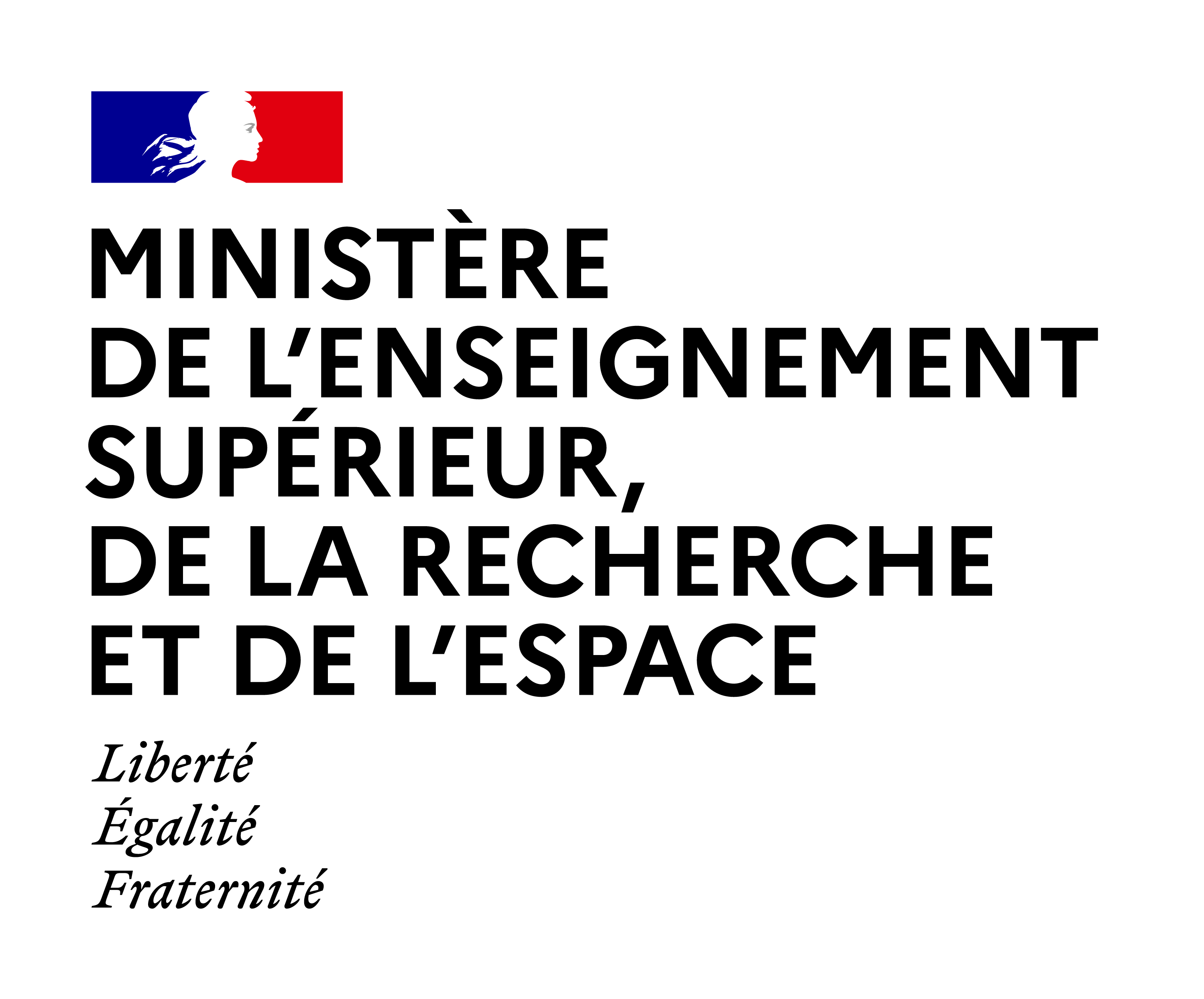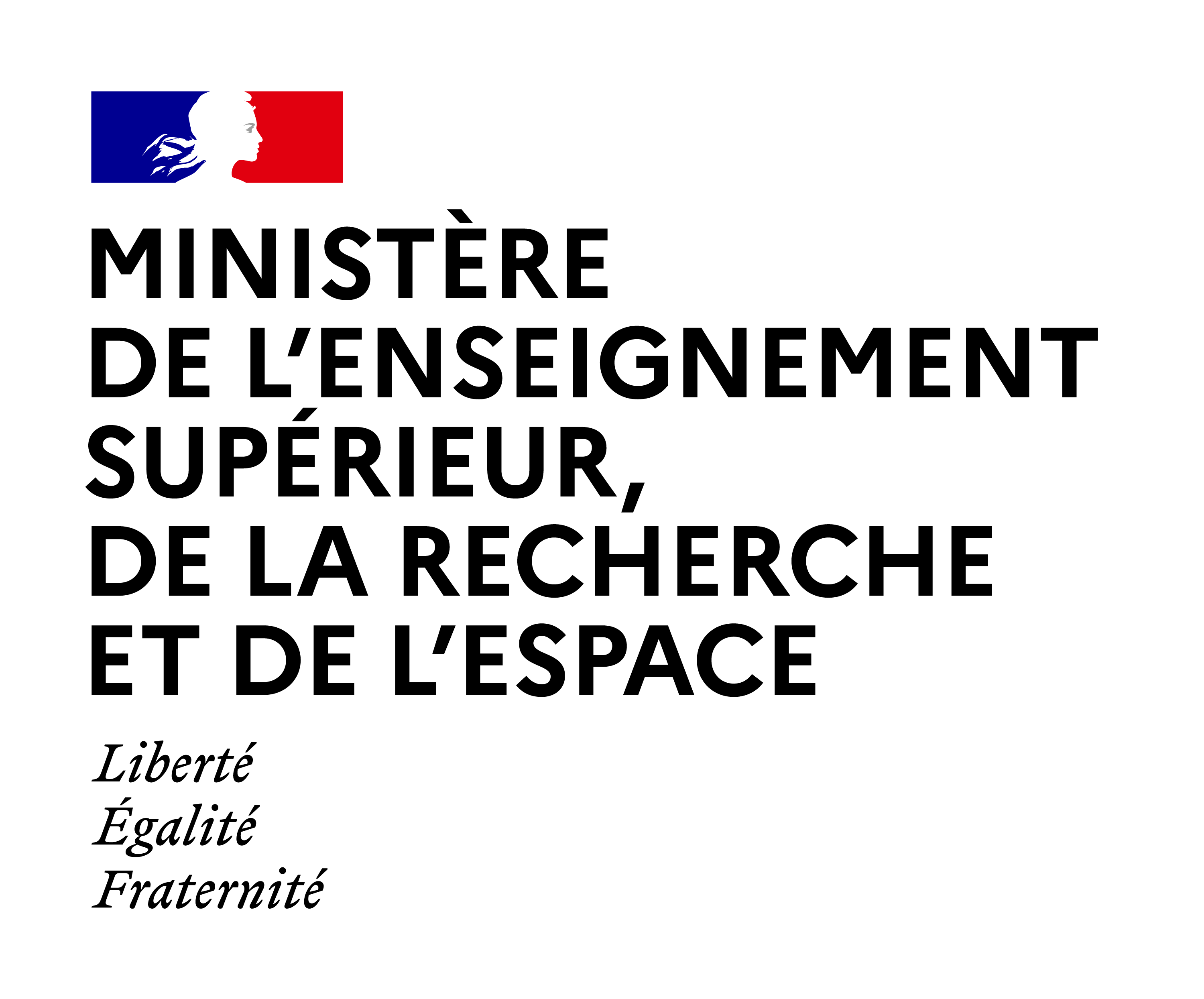
Sommaire
Distant Love : Neighboring Animals in Rick Bass's Short Stories / Claire Cazajous-Augé
Date de création :
20.03.2019Auteur(s) :
Claire CAZAJOUS-AUGÉPrésentation
Informations pratiques
Droits réservés à l'éditeur et aux auteurs. Tous droits réservés à l'Université Jean-Jaurès et aux auteurs.
Description de la ressource
Résumé
Distant Love : Neighboring Animals in Rick Bass's Short Stories / Claire Cazajous-Aujé, in colloque international "L'Amour des animaux / Animal Love", organisé par ?le Laboratoire Cultures Anglo-Saxonnes (CAS), la Société d’Étude de la Littérature de Voyage du monde Anglophone (?SELVA?), l'Académie des Sciences, Inscriptions et Belles Lettres (ASIBL) de Toulouse, sous la responsabilité scientifique de Françoise Besson (CAS, SELVA, ASIBL), Marcel Delpoux (ASIBL, SELVA), Nathalie Dessens (CAS) et Scott Slovic (SELVA, University of Idaho, USA). Toulouse, Hôtel d'Assézat, Hôtel du May, Université Toulouse Jean Jaurès, 20-23 mars 2019. Atelier 1 : Cross-species kinship and companionship. In his short stories, North American writer Rick Bass expresses his love and respect for wild animals by carefully describing their ways of existing. His narrators sometimes resort to scientific explanations, comparisons, or rhythmic or sound variations that show the specificity and the variety of the animals’ modes of being. Such descriptive strategies testify to thenarrators’ proximity with the nonhuman world and to the author’ s capacity to represent the particular ways in which animals inhabit the world in his writings. However, Bass’s narrators also use fragmentary descriptions, ellipses, or anthropomorphic images that hint at the difficulty to capture animals, thus seemingly reinforcing the distinction between humans and animals, and between text and nature. And yet, far from showing the impossibility of approaching animals, such devices show the narrators’ wish to willfully maintain a sense of physical as well as descriptive distance from animals, ultimately disclosing the author’ s ethical choice of keeping animals at a respectful and humble distance (“There are things in the world that, if touched and measured, disappear, ”The Book of Yaak, 58). This presentation will attempt to analyze how, in his texts, Bass establishes a relationship of neighboring (Stanley Cavell) between human and animal worlds. Following Thoreau, the author makes narrative and aesthetic choices that jeopardize the idea of man superiority over animals. He suggests that humans and animals belong to the same community without negating their differences. Indeed, he intimates that it is by maintaining the physical and ontological distance that separates us from our animal neighbors that we can create a respectful relationship with them, and that we can rethink our position in the nonhuman environment. ___ Le but de ce colloque est d’envisager l’amour des animaux, l’amour animal, l’amour pour les animaux dans sa multiplicité et sous un angle à la fois philosophique, scientifique, littéraire et artistique et en inscrivant ce thème dans la relation plus large de l’homme au monde et dans la vision environnementale et écocritique. Des espèces compagnes à la relation (l’amour ?) des animaux pour des membres de leur propre espèce ou d’espèces différentes, l’expression “l’amour des animaux” est polysémique. On pense à l’amour des chiens et chats pour leur compagnon humain et à la relation réciproque de l’attachement humain pour ces êtres non-humains qui accompagnent leur vie, au chien qui accompagne son ami humain jusqu’à la tombe et va y rester des jours et parfois se laissera mourir. Que dire de ce chat américain qui dans un hôpital, va dans les chambres de malades dont il perçoit avant les médecins qu’ils vont mourir bientôt et les accompagne jusqu’à leur dernier souffle ? Comment définir son rôle gratuit et étrange d’accompagnateur qui va leur permettre le passage en leur offrant une présence amie et rassurante ? L’amour des animaux, c’est à la fois l’amour de l’être humain pour le monde animal, l’amour -ou tout autre sentiment auquel il conviendra de réfléchir- de l’animal pour l’être humain et l’amour des animaux entre eux ; l’amour pour tout souffle de vie ; l’amour de la chatte pour ses petits, le geste de l’hippopotame tentant de sauver l’antilope de la gueule du crocodile, les soins d’une bande de chats des rues en Argentine sauvant un enfant perdu en lui apportant de la nourriture et en le réchauffant jusqu’à ce qu’il soit retrouvé. Est-ce de l’amour ? Est-ce un instinct de survie ? Une empathie inexplicable ? Comment définir la notion d’amour des animaux ? Ces gestes de tendresse, de compassion ou d’empathie du monde animal peuvent-ils être rattachés à l’amour ou sont-ils des gestes instinctifs de sauvetage de quelque espèce que ce soit visant à prolonger la présence animale sur la terre ? The aim of this conference is to consider animal love in its multipicity, from a philosophical, scientific and literary angle at the same time, by inscribing the theme in the wider relationship of man with the world and in the environmental and ecocritical vision as well. From companion species to the love of animals for members of their own species or of other species, the phrase “animal love” is polysemous. We first think about the love dogs and cats have for their human companions and about the reciprocal relationship of attachment of human beings for those nonhuman companions accompanying parts of their lives; we can think about the dog following his human companion’s coffin and accompanying him/her to the grave, staying there days and nights and sometimes dying there. What can we say of the American cat who, in a hospital, goes into dying people’s rooms, knowing before doctors that those people are going to die and accompanying them until their last breath? How can we define her gratuitous, strange role as a companion, allowing them to pass away while offering them a friendly, reassuring presence? Animal love is both the human being’s love for an animal or several animals and the love—or any feeling we could associate with love—of the animal for the human being and the love of animals for one another. Can we consider the gesture of a hippopotamus for the antelope that he tries to rescue from the crocodile’s teeth, staying with her head in its mouth until her last breath, as love? What about the behaviour of a group of street cats in Argentina, who saved a lost human infant by giving him food and lying on him so that he did not die of cold in the night, until the day when he was found. Is this love? Is it some survival instinct shared with those who are threatened? Is it some unexplainable empathy? How can we define the notion of animal love? Could those gestures of apparent tenderness, compassion or empathy of the animal world be qualified as love—could they be linked with love or are they instinctive rescuing gestures made by whatever species to prolong the animal presence on the Earth?
"Domaine(s)" et indice(s) Dewey
- Attitude envers les animaux (179.3)
- Critique et histoire de la littérature américaine de langue anglaise (810.9)
Domaine(s)
- 179.3
- 810.9
Intervenants, édition et diffusion
Intervenants
Édition
- Université Toulouse-Jean Jaurès-campus Mirail
Diffusion
Document(s) annexe(s)
- Cette ressource fait partie de
Fiche technique
- LOMv1.0
- LOMFRv1.0
- Voir la fiche XML




